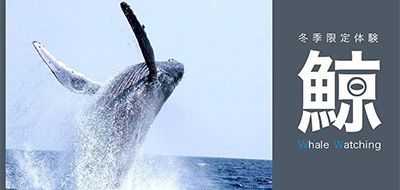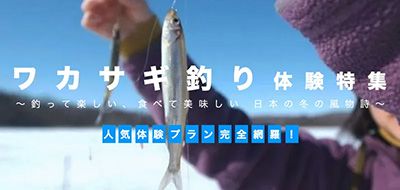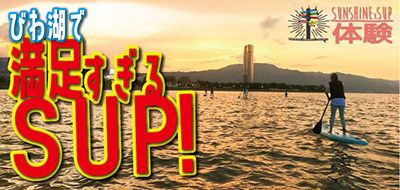
Kyoto Maiko/Oiran experience│Popular experience plan & recommended shop introduction
A special feature on ``Maiko/Geiko/Oiran Experiences'', which are extremely popular as Japanese cultural experience leisure activities for Kyoto travel and sightseeing. In addition to the ``experience plan reservation popularity ranking'' and ``recommended shop information'' held around Kyoto Station and popular tourist spots such as Kiyomizu Temple and Yasaka Shrine, we will introduce basic knowledge about maiko, geiko, and courtesans. Not only can you learn about the history and culture of the ancient capital of Kyoto, but you can also enjoy your time in Kyoto in a gorgeous way with the "Maiko, Geiko, and Oiran experience" which is perfect for Instagram and SNS.

![National illumination rankings [2025-2026 latest]](https://img.activityjapan.com/wi/nationwide-christmas-lights25_topbanner.jpg)





